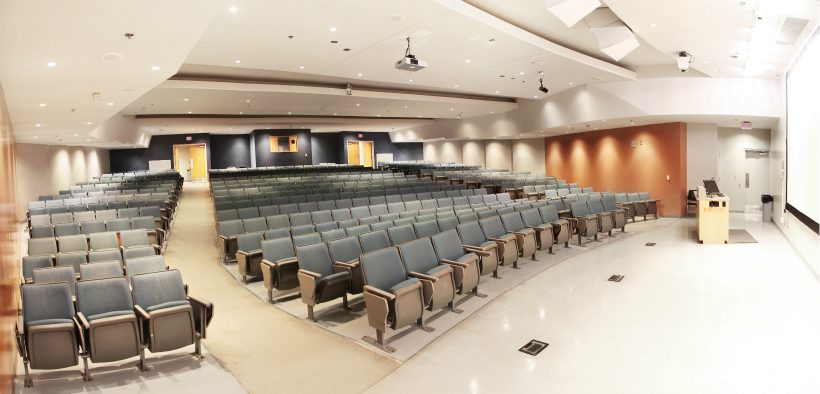Concern over large courses (especially required ones) persists even as their economic viability has made them an increasingly accepted part of higher education. We’re not expecting them to go away any time soon, but that doesn’t minimize the challenges associated with teaching and learning in them. On the the teaching side, they’re not usually led by faculty with any special preparation to teach them, and lecture becomes the easiest instructional option. For most learners, however, listening to lectures is a recipe for passivity. In addition, introductory courses are most often taken by beginning students, the cohort least ready to handle their anonymity. It’s hard to feel at home in a class with 150 strangers. And the feedback students receive is rarely substantial—usually only points or a grade from which it’s difficult to glean improvement specifics.
Overcoming the Challenges of Large Courses

Related Articles
I have two loves: teaching and learning. Although I love them for different reasons, I’ve been passionate about...
Active learning is a mostly meaningless educational buzzword. It’s a feel-good, intuitively popular term that indicates concern for...
Perhaps the earliest introduction a student has with a course is the syllabus as it’s generally the first...
Generative AI allows instructors to create interactive, self-directed review activities for their courses. The beauty of these activities...
I’ve often felt that a teacher’s life is suspended, Janus-like, between past experiences and future hopes; it’s only...
I teach first-year writing at a small liberal arts college, and on the first day of class, I...
Proponents of rubrics champion them as a means of ensuring consistency in grading, not only between students within...







